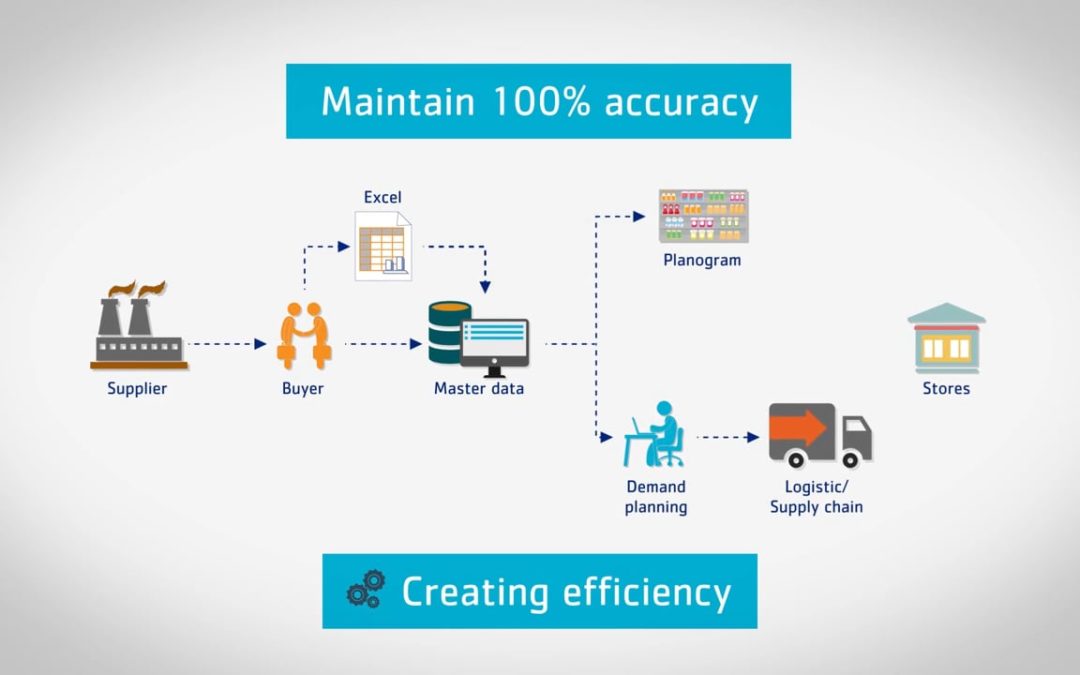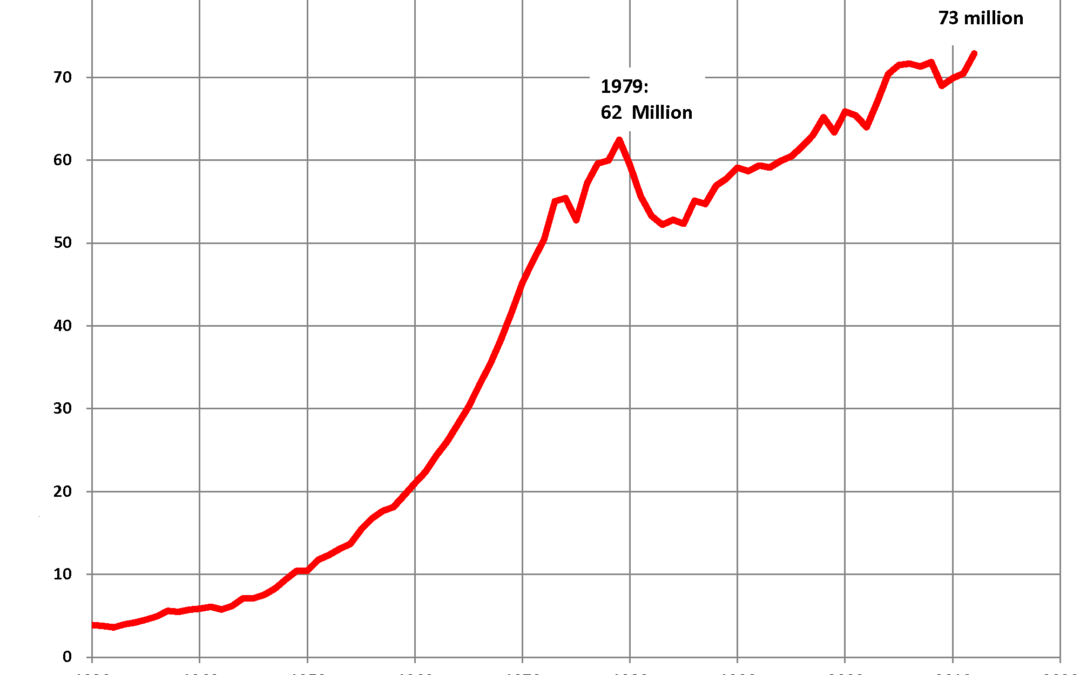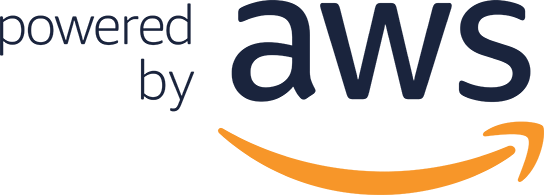Forecasting is a fully developed business process that most organizations still struggle with today. Almost everyone’s top priority is probably to be able to consistently and accurately forecast Sales, Demand, Costs, Inventory, etc. The inability to obtain a good forecast frequently has a significant business impact. Inaccurate forecasting leads to overstocking or running out, resulting in high costs and excess, impacting the bottom line and the success of the company.
A good forecast should give you enough confidence to make sound business decisions. For a more efficient forecast, consider these best practices:
- What are the most common forecasting methods, and why do they produce inaccurate results.
- How to achieve better ROI and optimal processes through scale, granularity, and agility
- How to improve forecasting accuracy
- How to use simple machine learning and artificial intelligence tools to get accurate and scalable forecasts

Leading Indicators can Foreshadow Demand
Most statistical forecasting works in one direct flow from past data to forecast. Forecasting with leading indicators works a different way. A leading indicator is a second variable that may influence the one being forecast. Applying testable human knowledge about the predictive power in the relationship between these different sets of data will sometimes provide superior accuracy.

What is “A Good Forecast”
Tremendous cost-saving efficiencies can result from optimizing inventory stocking levels using the best predictions of future demand. Familiarity with forecasting basics is an important part of being effective with the software tools designed to exploit this efficiency. This concise introduction (the first in a short series of blog posts) offers the busy professional a primer in the basic ideas you need to bring to bear on forecasting. How do you evaluate your forecasting efforts, and how reliable are the results?

The Average is Not the Answer
Fluctuations in an inventory supply chain are inevitable. Randomness, which can be a source of confusion and frustration, guarantees it. A ship carrying goods from China may be delayed by a storm at sea. A sudden upswing in demand one day can wipe out inventory in a single day, leaving you unable to meet the next day’s demand. Randomness creates frictions that make it hard to do your job.

Forecasting With the Right Data
In order to reap the efficiency benefits of forecasting, you need the most accurate forecasts—forecasts built on the most appropriate historical data. Most discussions of this issue tend to focus on the merits of using demand vs. shipment history—and I’ll comment on this later. But first, let’s talk about the use of net vs. gross data.
Problem
Generating accurate statistical forecasts isn’t an easy task. Planners need to keep historical data continually up to date, build and manage a database of forecasting models, know which forecast methods to use, keep track of forecast overrides, and report on forecast accuracy. These steps are typically managed in a cumbersome spreadsheet that is often error-prone, slow, and difficult to share with the rest of the business. Forecasts tend to rely on one-sized fits all methods that require seasonality and trend to be added manually resulting in inaccurate predictions of what comes next
Solution
SmartForecasts ® Cloud
Accurate Demand Forecasts
Best Forecasting Methods

Imports Historical Data
What can you do with SmartForecasts?
- Run a forecasting tournament that selects the right forecasting method for each item.
- Hand-craft forecasts using several time-series forecasting methods and non-statistical methods.
- Automatically predict trends, seasonality, and cyclical patterns.
- Imports demand data from files
- Leverage ERP connectors to automatically import demand data and return forecast results
Who is SmartForecasts for?
• Demand Planners.
• Forecast Analysts.
• Material & Inventory Planners.
• Operational Research Professionals.
• Sales Analysts.
• Statistcally Minded Executives.
A Reliable and Secure Platform











